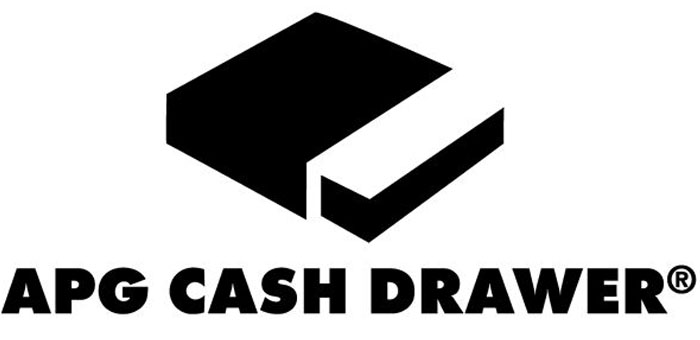The gourmet food truck craze is sweeping the nation. In the process, it is replacing the “roach coach” perception of mobile cuisine with that of gourmet gastronomy on the go (and on the cheap). No frills, good food and paper plates. In these lean economic times, the market for unadorned culinary concoctions has exploded. More meat, less maître d’. Furthermore, the tepid economy isn’t just affecting the demand side of the food truck equation, but also the supply side. As the AP reports:
Weakness in the economy and high unemployment have encourage
This food truck boom is a classic example of disruptive innovation. Disruptive innovations usually start as low-cost offerings targeting underserved markets and then move up the value chain. That is exactly what we are seeing with food trucks as they move to challenge “up market” competitors (e.g. The Red Hook Lobster Truck). However, as is also case with disruptive innovations, the incumbent industries use the political, legal and regulatory processes to push back against them.
That is indeed what is happening:
- Local restaurants in San Francisco filed a lawsuit against several popular local food trucks claiming “unfair competition.” (Luckily, they lost)
- Chicago, in one of the more blatant cases of outright incumbent protectionism, recently passed an ordinance at the behest of local restaurants preventing food trucks from dispensing food within 200 feet of brick and mortar restaurants. (St. Louis followed suitwith the same 200 foot perimeter–but they were kind enough to draw a nice map for vendors.)
- Seattle tripled food truck licensing fees and gave local restaurants and bars veto powerover whether or not food trucks could operate within their vicinity.
- In Las Vegas, the city prevents food trucks from operating within a whopping 1320 feet (because 1300 feet is simply too close!) of local restaurants. A recent proposal to decrease the distance to 150 feet was successfully resisted by local restaurant owners.
- Boston has a limited number of spots, particularly in prime locations, where food trucks can operate. Also, the President of the Boston Restaurant and Business Alliance has proposed prohibiting food trucks from selling their foodstuffs within 1,000 feet of current restaurants–which others have pointed out would actually be physically impossible in many areas of Boston. (Furthermore, someone who wishes to open up afood truck must obtain no less than 4 different permits–and this is the “streamlined” procedure.)
- In Evanston, only local restaurants can operate food trucks.
- Pittsburgh has a myriad of complex laws that govern where and how the food trucks can operate, and the laws have become more onerous due to lobbying from local restaurants. (Word of advice to Steel City Politicians, I would not want to explain to local residents why the Pierogi truck can’t operate near them).
- In Arlington, VA (where I call home), the police currently enforce a rather arbitrary hour long limit for food trucks to remain in the same location. Furthermore, the local Business Improvement District (BID) has proposed a number of new restrictions, including the ever popular food truck free zones around current brick and mortar restaurants. Another proposal appears aimed at creating a food truck ghetto (“Dedicate a location for food trucks that is not along the main retail areas”).
Find the entire article by Daniel O’Connor at project-disco.org <here>




